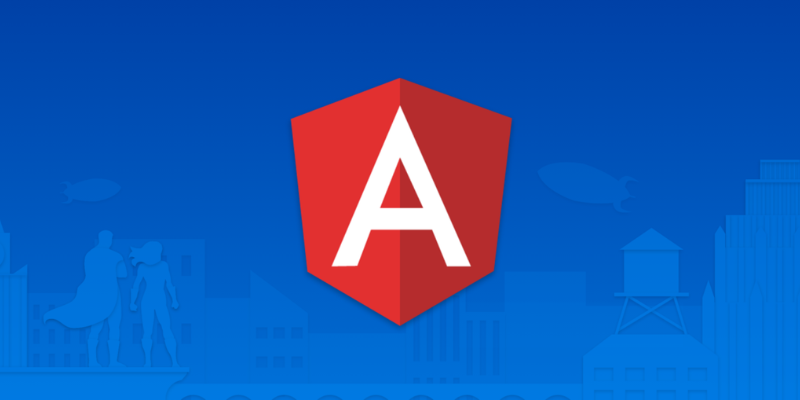Pagination is a crucial aspect of web applications that deal with large amounts of data. It helps improve user experience by breaking down the data into manageable chunks and loading it incrementally, rather than overwhelming the user with too much information at once. In AngularJS, pagination can be easily implemented using its built-in features and external libraries. Enrolling in AngularJS Training in Chennai provides deeper insights into mastering these techniques. This blog will guide you through the steps to effectively implement pagination in AngularJS.
Pagination in AngularJS
In modern web development, efficiently displaying large datasets is essential. Pagination allows users to navigate through sections of data without loading the entire content at once, improving both performance and usability. AngularJS offers robust mechanisms to handle pagination, making it easier to work with extensive data sets. By incorporating AngularJS’s features and third-party libraries, developers can enhance user experiences by implementing smooth and efficient pagination systems.
Why Pagination Matters
Before we dive into the technical aspects, let’s briefly discuss why pagination is essential:
- Improves User Experience: By presenting data in smaller portions, users can easily consume the information without feeling overwhelmed.
- Enhances Performance: Loading only a limited set of data at a time reduces the server load, enhancing the overall performance of the application.
- Increases Usability: Pagination allows users to navigate the content in a structured way, making the website more user-friendly.
With these benefits in mind, let’s now explore the steps required to implement pagination in AngularJS. Taking an AngularJS Online Course can also provide practical experience in effectively applying these steps.
Step-by-Step Guide to Implement Pagination in AngularJS
1. Establishing the AngularJS Application
Before implementing pagination, you need to ensure that you have a basic AngularJS setup. Create a new AngularJS project or use an existing one. Include the AngularJS library in your HTML file.
2. Defining the Data and Pagination Variables
In your application, define an array of data containing the items you want to display. Introduce two key variables for pagination: one for the number of items to display per page and another to track the current page.
3. Displaying the Data in the View
Once your data and pagination logic are set up in the controller, the next step is to display the paginated data in the view. In AngularJS, you can use directives to loop through the data and display it on the page while filtering the data based on the current page and page size. Enrolling in a Web Designing Course in Chennai can provide you with the foundational skills needed to implement such features effectively.
4. Adding Pagination Controls
To enable users to navigate between pages, create pagination controls. These controls will allow users to move to the next or previous page, as well as jump to specific page numbers. This can be done through buttons or links that adjust the current page variable.
5. Integrating an External Library for Advanced Pagination
While the basic solution works well for simple pagination, you can enhance the user experience further by integrating external libraries such as angular-ui-bootstrap. These libraries offer more customizable pagination controls, including advanced features like displaying page numbers and improved styling options.
6. Handling API Data with Pagination
If your data comes from an API, consider implementing server-side pagination. This involves requesting specific pages of data by sending the current page number and page size as parameters in your API call. The server will return only the necessary data, which can then be displayed using the same pagination logic discussed earlier.
Implementing pagination in AngularJS is essential for creating user-friendly and efficient web applications, especially when dealing with large datasets. By following the steps outlined in this blog, you can easily set up pagination for your AngularJS project. Whether you utilize built-in AngularJS features or external libraries, pagination will enhance the usability and performance of your application, ensuring that users can navigate data seamlessly. Taking a Web Designing Course can further deepen your understanding of these concepts.
By applying these techniques, developers can optimize their applications and ensure that users are presented with a smooth and intuitive browsing experience. Pagination is not just a technical necessity; it is a fundamental part of delivering an excellent user experience.
